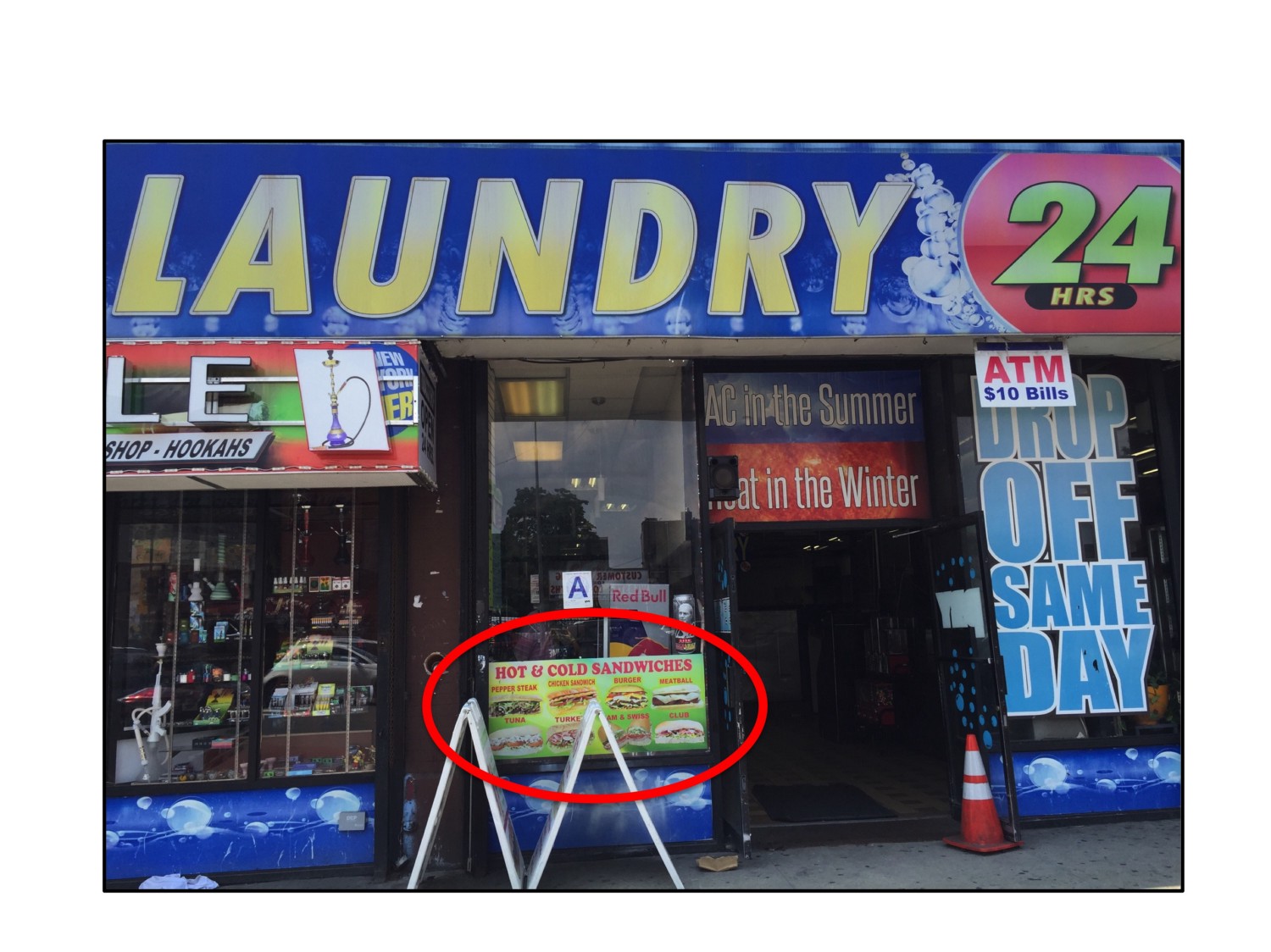Eat too much over Thanksgiving? Holiday tables can certainly strain with overabundance. Now that the holiday is over, we can go back to living without tempting food directly and unavoidably in our faces. Right?
Well, the answer may depend on where you live.
Certainly, the amount and type of food available at home matters, as well as the calories found away from home — say at school or at work. But it is the space in between home and other destinations that people often think less about. And it turns out there is a lot of tempting food there.
I do research on food sources around where people live, work, and learn. Through my work, I have come to appreciate that food sources are much more numerous, diverse, and unexpected than most people realize — even other researchers in the field.
In fact, the field (of food-environment research) has focused predominantly — almost exclusively — on food stores (particularly supermarkets) and restaurants (particular fast food outlets). Yet food is available from so many other places.
Take street vendors, for instance. Where I work, in the Bronx — and in other parts of New York City, and in other cities, and even in some rural communities — there are carts, trucks, and stands selling food and drink on the street. While accounting for street vendors (a.k.a. ‘mobile food vendors’) is challenging, considering them is important because they often contribute to the foods and beverages that are ever in our faces.
Of course the extent to which mobile food vendors may tempt us varies by weather and season; rainy days and winter months keep most vendors off the streets. But when the months are warm and the sun is out, the majority of mobile vendors offer salty, fatty, and sugary treats (which can overwhelm any wholesome fresh foods some do sell).
The same might be said of famers’ markets. Indeed, farmers’ markets also contribute food variably by weather and season, and they are also often sources of highly processed, highly palatable, not-so-good-for-us treats. Think cakes, cookies, donuts, pies, pastries, juice drinks, jams, and jellies (often farmers’ markets’ best sellers in some locations).
As for other food sources, think of more-permanent brick-and-mortar businesses we might find in our local areas. Among these businesses are the supermarkets and other grocers, the fast-food outlets and other restaurants. But there are also the pharmacies and dollar stores, the gas stations and newsstands, and the sports stores, auto shops, beauty salons, apparel shops, department stores, laundromats, and all the other retail outlets not generally thought of as ‘food stores’, but that very often sell foods and beverages.
Prior research, looking at 19 cities across the U.S., demonstrated the ubiquity of candy, sugary drinks, salty snacks, and frozen and baked confections from businesses such as these, and from outlets ranging form hardware stores and garden supply retailers, to banks and check cashing businesses, to bookstore and furniture shops. Temptation may be everywhere.
But it may be in some place more than others. In New York City, for instance, how much food is in your face how often differs by neighborhood. For example, in the Bronx, in predominantly lower-income minority communities, foods and beverages are available much more often than on the Upper East Side of Manhattan, an affluent, mostly-white community.
Whereas about 29% of businesses offer food or drink on the Upper East Side, about 40% do in the Bronx. In fact, storefront businesses, other than those you would expect to sell foods like restaurants and grocers, offer foods or beverages almost three times more often in the Bronx than on the Upper East Side. And almost half of the Bronx businesses (as compared to just over 1/3 of those in Manhattan) offer only less-healthful items (e.g., candy, cookies, chips, and soda) without healthier alternatives (e.g., nuts, fruits, whole grains, or water).
The point of all this is that environments matter; for people, for populations, for patients. As individuals and communities struggle with obesity and with emerging or existing diet-related chronic diseases, exposures in daily life are important. The temptations encountered as we go about our days matter. The contexts in which dietary decisions occur count.
When it comes to poor diets and consequences like obesity, there has been too much blame on individuals and their will power. As a society, we devote not enough attention to the conditions that influence, if not dictate, the choices people make.
Food is everywhere. And for some of the most vulnerable among us, food exposures can be extreme.
Gaining awareness is part of the solution, for ourselves and for our communities. Physicians, patients, and public health advocates might work with local businesses to encourage their offering more-healthful options when they offer foods at all. And policy makers might consider strategies to limit least-healthful offerings to our most susceptible consumers (e.g., children).
In the interim, Thanksgiving is over, but temptations continue. There is a lot of food in a lot of places. Before feeling guilty about stuffing our face, we should be mindful of, and vigilant about, where food is being forced in our faces.

Dr. Lucan is supported by the Eunice Kennedy Shriver National Institute of Child Health and Human Development of the National Institutes of Health under award K23HD079606. The content of this manuscript is solely the responsibility of Dr. Lucan and does not necessarily represent the official views of the National Institutes of Health.
Originally published at www.huffingtonpost.com on November 27, 2016.
Originally published at medium.com


